The Channel Island of Jersey is an exotic natural gem located geographically close to metropolises such as London and Paris, but at the same time very far away. It is a place with beautiful nature, interesting sights, pure relaxation and idyllic towns.
The capital St Helier has a real urban environment with shopping, café life and cultural offerings, and from here there is not far to the island’s many sights. They span neolithic monuments to the many World War II buildings. The war story is told in many places, just as the whole island is like a photo book with beautiful new sights and panoramas around every street corner.
Jersey, along with the rest of the Channel Islands, is also called the Tidal Islands, and that is not without reason. The difference between high and low tide is enormous, and the phenomenon is something that one does not forget since new small islands suddenly become accessible on foot after being isolated in the sea just a short time before.
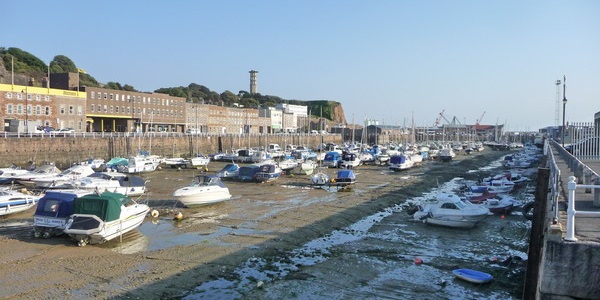
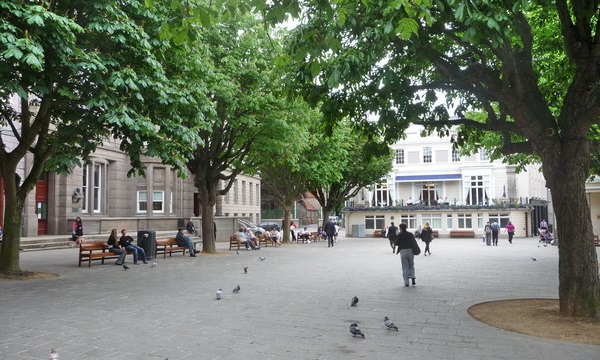
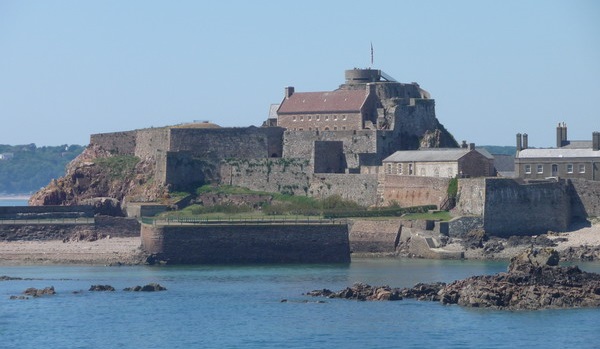
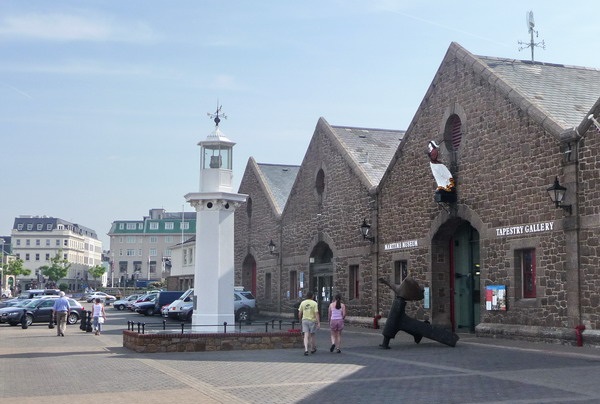
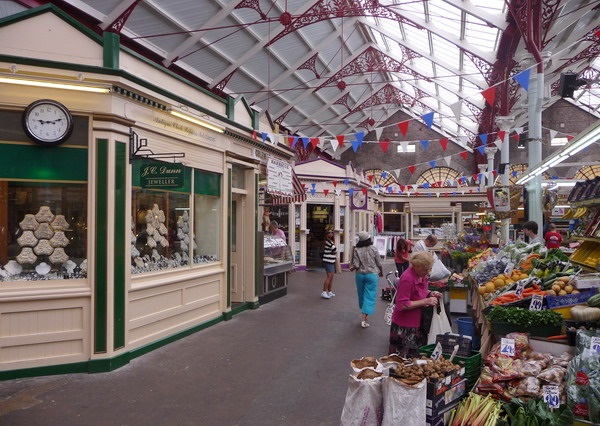
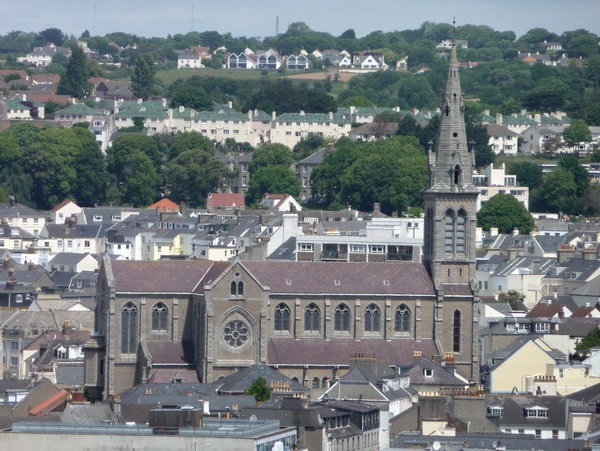

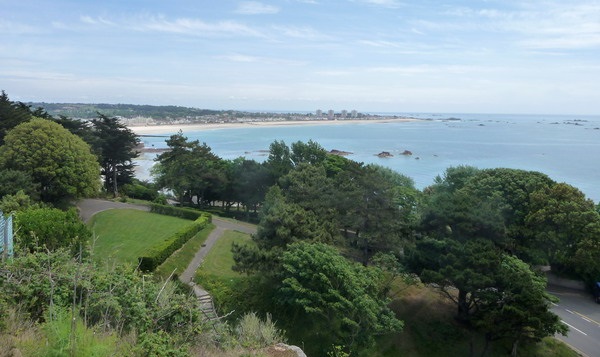
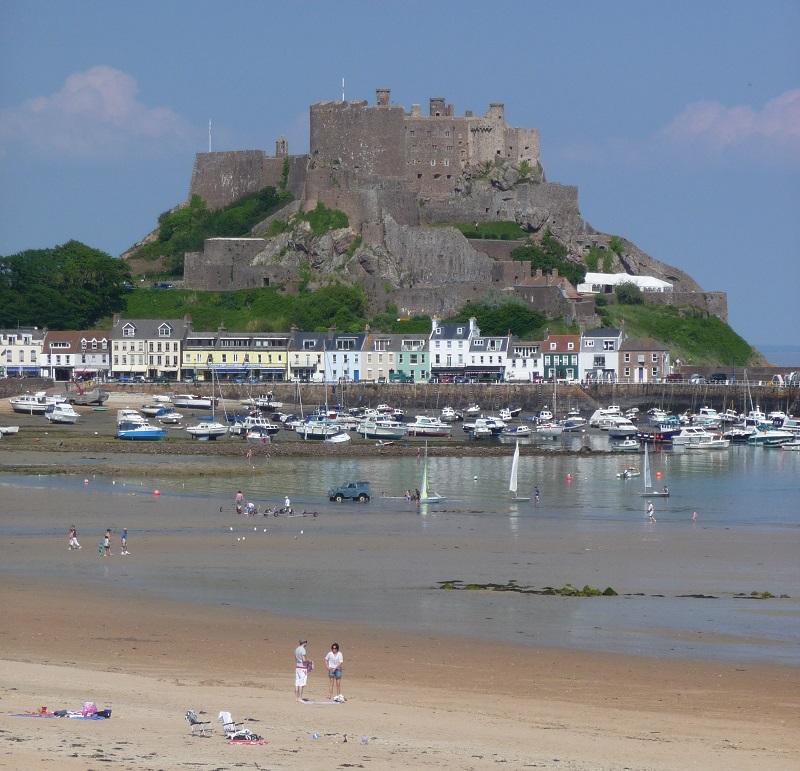
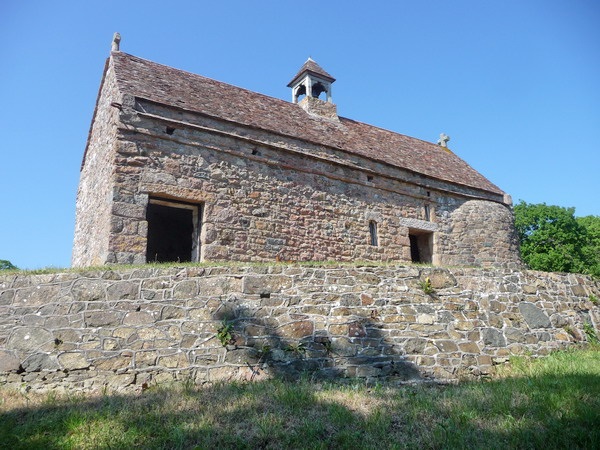
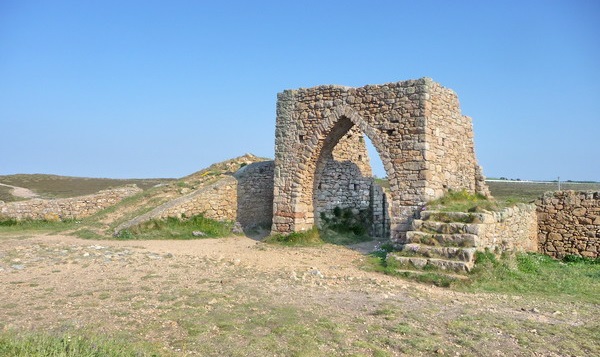
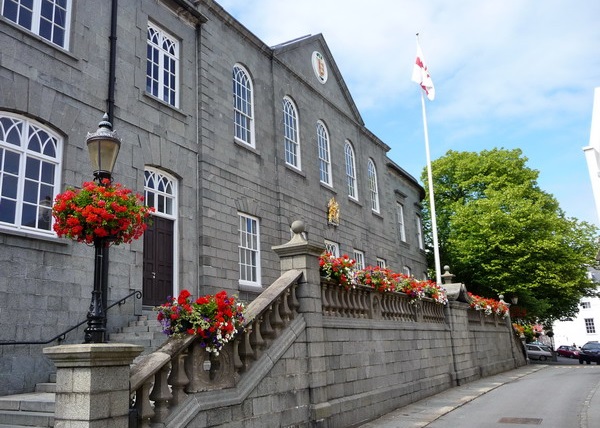
Jersey’s history as an inhabited area goes back a long way, and many places today can see tombs and stonework from Neolithic times.
Jersey, along with the other Channel Islands, were part of the Roman Empire until the British conquered the island in the 400-500s during their migration to today’s British Isles. The 500s was also the time when Saint Helier of present-day Belgium brought Christianity to Jersey, then called Angia, and the island’s capital has since been named after him.
Vikings lived in the region from the 8th century, however, the island’s political ties continued toward England until 933, when Duke William I of Normandy conquered the Cotentin Peninsula and the Channel Islands. In 1066, Duke William II won the last Saxon king of England, Harold II Godvinson, and he became king of England. However, he ruled the Channel Islands separately.
In 1204, the Duchy of Normandy became the fate year. King Philip II of France won the area from King John of England, but at that event the Channel Islands were separated from the continental part of Normandy, and they were granted self-governing status directly under the English crown; a status that continues to apply according to the wording of the Constitution of King John (Johan).
After 1204, the Channel Islands lay as a potential point of contention between England and France, and its location close to France caused the French king to claim the islands until 1259, when the claim was abandoned with the Paris Treaty. At the same time, the English king gave up claiming the possessions on the French mainland of the former duchy lost in 1204.
Following the status of the Paris Treaty and the Channel Islands directly under the crown, the king introduced a form of government in which the government was made by a bailiff and a direct representative of the king, the lieutenant governor of the day. At this time, the division into Jersey and Guernsey also happened as separate areas with each their autonomy.
In the following centuries, however, the Channel Islands were not spared wars. During the Hundred Years War, the islands were attacked several times and also occupied in the 1380s. During the Rose Wars between factions in the English royal house, France occupied the islands 1461-1468 before Sir Richard Harliston demanded them return to England.
Around the year 1600, the defense of Jersey was expanded to withstand the modern weapons of the time with ever-stronger cannon power. Not least this resulted in the establishment of the castle of Elizabeth Castle off the capital St Helier. The castle was started during Sir Walter Raleigh’s reign as Governor 1600-1603.
In 1646 the later King Karl II visited Jersey, and on February 17, 1649, he returned to the island. On this day he was proclaimed king for the first time after his father’s death at Royal Square in St Helier. The order made the Jersey bailiff, George Carteret, who stood on the king’s side during the battles between royalists and parliamentarians. As Karl II’s thanks for Carteret’s support, a colony in America was named New Jersey.
At that time, Jersey developed significantly in trade and production. Wool and fishing were great in business, including large catches in the seas at Newfoundland. This development led to the establishment of a Chamber of Commerce in 1768.
In the latter half of the 18th century, war again came to Jersey, which became a piece of England and France’s struggle for colonies and dominions in various parts of the world. However, it was the Dutch who attempted an invasion of Jersey in 1779. Two years later, on January 6, 1781, French troops under the command of the Rullecourt briefly captured St Helier after a surprise maneuver. However, the Battle of Jersey was quickly over as English troops under Major Peirson overcame the French on the same day.
After a time of military focus in the context of the Napoleonic wars, peace came, and it lurked on the many military roads that connected the defense forces and St Helier. Previously isolated agricultural areas could suddenly get rid of goods easily and efficiently, and with exports to England and France it created growth on the island with the mild and favorable climate.
In the 19th century, an avalanche also occurred against an English-speaking island. Traditionally, the main language had been French, but the presence of English soldiers and an increasing number of English-speaking newcomers changed the balance.
In the 19th century, a significant part of the economy was shipbuilding, with Jersey being one of the most productive places in the British Isles. Traditional wool and cider production was back in the same period, but with Jersey Jersey a new agricultural success was established. The 19th century also marked the beginning of the development of tourism to Jersey.
In the 1900s, Jersey became very involved in World War II, with German troops occupying the island in the years 1940-1945. The Channel Islands were the only British territories occupied during the war, and in Jersey the Germans remained until 9 May 1945, despite being cut off from direct support from the mainland following the Allied invasion in 1944. During the war years there was considerable construction activity by the defense works, and it is seen everywhere on the island today.
In the latter half of the 20th century, tourism increased, and from the 1960s Jersey became known as the home of head offices or branches of many international banks and financial institutions.

Overview of St Helier and Jersey
The Channel Island of Jersey is an exotic natural gem located geographically close to metropolises such as London and Paris, but at the same time very far away. It is a place with beautiful nature, interesting sights, pure relaxation and idyllic towns.
The capital St Helier has a real urban environment with shopping, café life and cultural offerings, and from here there is not far to the island’s many sights. They span neolithic monuments to the many World War II buildings. The war story is told in many places, just as the whole island is like a photo book with beautiful new sights and panoramas around every street corner.
About the upcoming St Helier and Jersey travel guide
About the travel guide
The St Helier travel guide gives you an overview of the sights and activities of the Jersey city. Read about top sights and other sights, and get a tour guide with tour suggestions and detailed descriptions of all the city’s most important churches, monuments, mansions, museums, etc.
St Helier is waiting for you, and at vamados.com you can also find cheap flights and great deals on hotels for your trip. You just select your travel dates and then you get flight and accommodation suggestions in and around the city.
Read more about St Helier and Jersey
Buy the travel guide
Click the “Add to Cart” button to purchase the travel guide. After that you will come to the payment, where you enter the purchase and payment information. Upon payment of the travel guide, you will immediately receive a receipt with a link to download your purchase. You can download the travel guide immediately or use the download link in the email later.
Use the travel guide
When you buy the travel guide to St Helier and Jersey you get the book online so you can have it on your phone, tablet or computer – and of course you can choose to print it. Use the maps and tour suggestions and you will have a good and content-rich journey.
Old Harbour • Tidal Water • Elizabeth Castle • Mont Orgueil • La Hougue Bie

Overview of St Helier and Jersey
The Channel Island of Jersey is an exotic natural gem located geographically close to metropolises such as London and Paris, but at the same time very far away. It is a place with beautiful nature, interesting sights, pure relaxation and idyllic towns.
The capital St Helier has a real urban environment with shopping, café life and cultural offerings, and from here there is not far to the island’s many sights. They span neolithic monuments to the many World War II buildings. The war story is told in many places, just as the whole island is like a photo book with beautiful new sights and panoramas around every street corner.
About the upcoming St Helier and Jersey travel guide
About the travel guide
The St Helier travel guide gives you an overview of the sights and activities of the Jersey city. Read about top sights and other sights, and get a tour guide with tour suggestions and detailed descriptions of all the city’s most important churches, monuments, mansions, museums, etc.
St Helier is waiting for you, and at vamados.com you can also find cheap flights and great deals on hotels for your trip. You just select your travel dates and then you get flight and accommodation suggestions in and around the city.
Read more about St Helier and Jersey
Buy the travel guide
Click the “Add to Cart” button to purchase the travel guide. After that you will come to the payment, where you enter the purchase and payment information. Upon payment of the travel guide, you will immediately receive a receipt with a link to download your purchase. You can download the travel guide immediately or use the download link in the email later.
Use the travel guide
When you buy the travel guide to St Helier and Jersey you get the book online so you can have it on your phone, tablet or computer – and of course you can choose to print it. Use the maps and tour suggestions and you will have a good and content-rich journey.





Similar to Saint Helier Jersey Travel Guide
There are no listings matching your search.
Reset